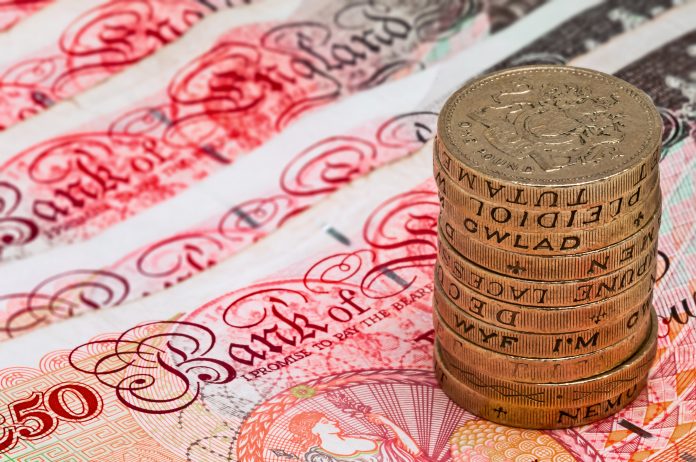Edward Wade, Content Author and Technical SEO at Wilson Field, explores the impact of Bounce Back Loans now that they have stopped and repayments are due and how businesses are dealing with their repayments
The government gave a lifeline to businesses across the country when they introduced the ‘Bounce Back Loan Scheme’. Businesses have been able to borrow up to £50,000 with a years’ worth of no interest. However, the time is coming for those repayments to now be met and with a delay once again on the ‘roadmap to freedom’ it’s crunch time for many businesses. So how are businesses dealing with their Bounce Back Loan repayments?
Pay as you grow
Although it’s time for the BBL to be repaid, there has been some respite given to businesses. Once the loan scheme ended, the government introduced the ‘Pay as you grow scheme’. This was intended to help businesses who hadn’t been able to fully open yet and we’re still running on a limited capacity.
Lenders will inform their customers who have a BBL about the PAYG directly and it will enable businesses to have flexibility in meeting their repayment obligations.
- Borrowers will be able to request an extension of their loan term for up to 10 years from six at the same fixed interest rate of 2.5%.
- There will be an option to only pay back interest on repayments for up to six months and this option will be available up to three times during the term of the BBL.
- Businesses will be able to take up a repayment holiday of up to six months, but can only do it once during the term of their loan.
What if you can’t pay your BBL
Aside from the options of the PAYG scheme, businesses not being able to pay their BBL is perfectly understandable. We are still in the midst of a pandemic. For business owners who are struggling, it’s key not to spend all of the BBL and then look to liquidate. Directors should take a long hard look at their company finances and think if the business has a genuine chance of survival, can they cling on through the tough times? Is the business model solid? If the company director believes this, then there as well as the PAYG scheme, there are alternative means of finance available. Invoice financing and commercial finance are some of the best ways for businesses to help plug the gaps and bring in a quick injection of cash to the business.
If the company director believes that the business doesn’t have a viable future, it could be time to look at closing the company down. Businesses across the country have come to a financial crunch time and many are considering their options and whether biting the bullet and saying goodbye to their company and liquidating.
In summary
Businesses are still recovering from the fallout of the pandemic, but hopefully, with lockdown set to be fully lifted in the coming weeks, there is light at the end of the tunnel. The Bounce Back Loan schemes have been a great aid, but to some degree they have also added more pressure onto businesses as the time comes for repayments. But if directors can hold on, there’s a great chance that the BBL will have done their job, helping businesses survive.











